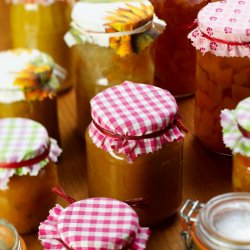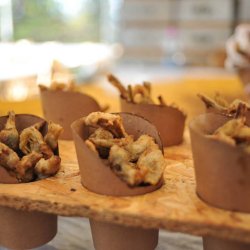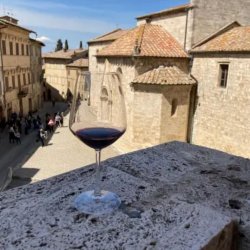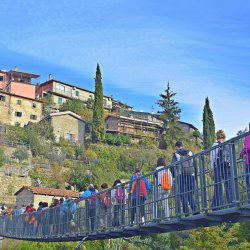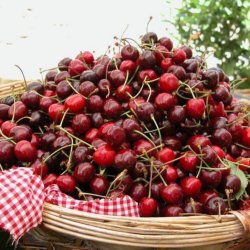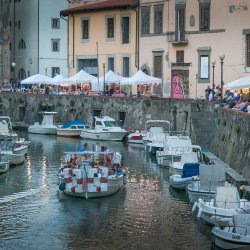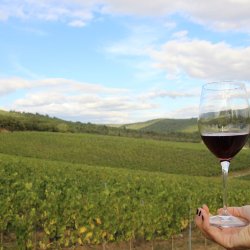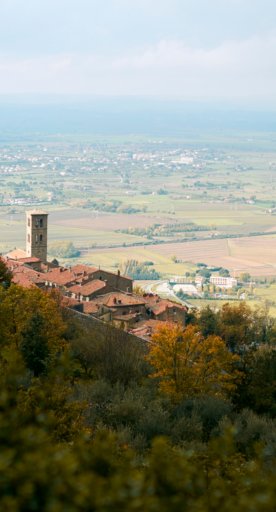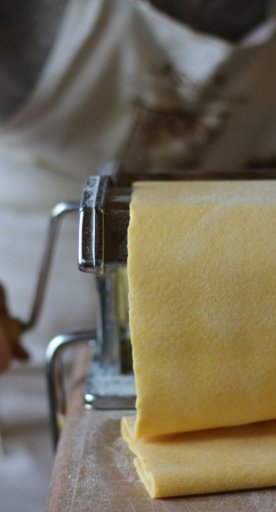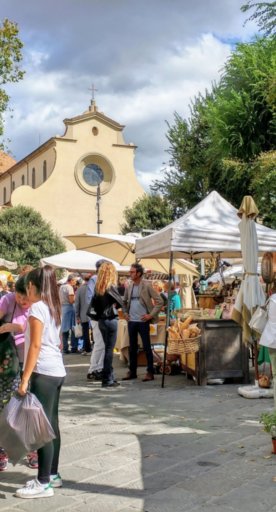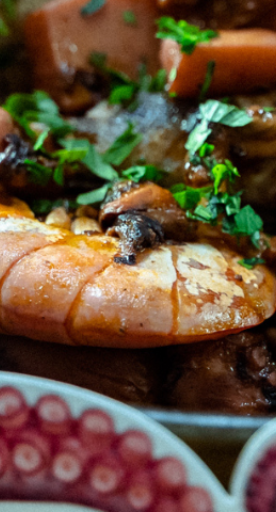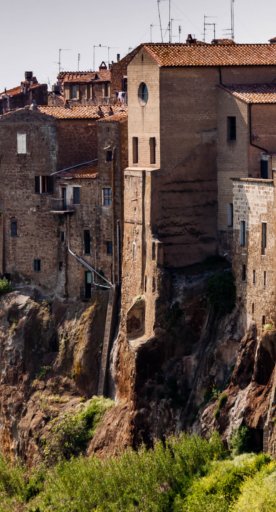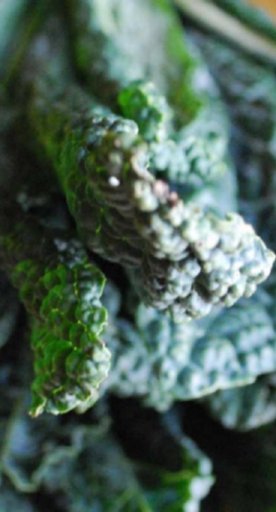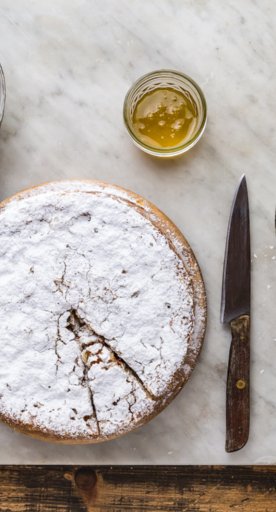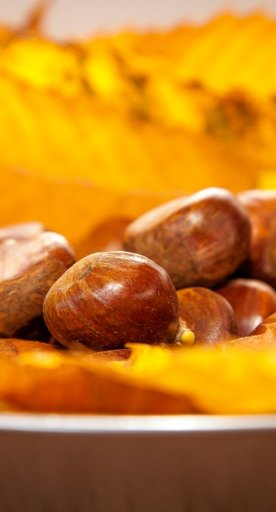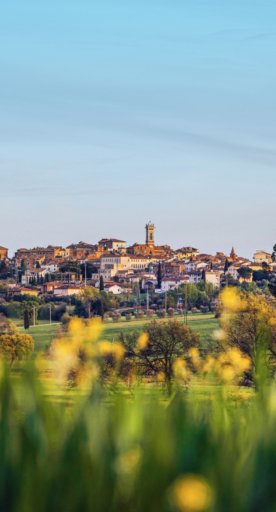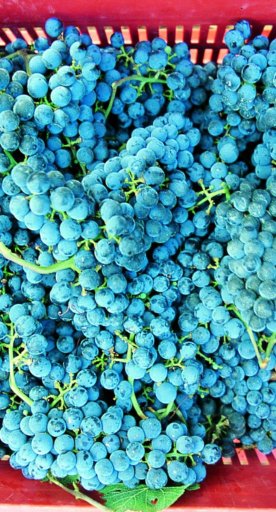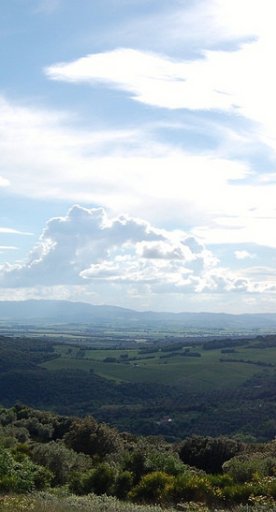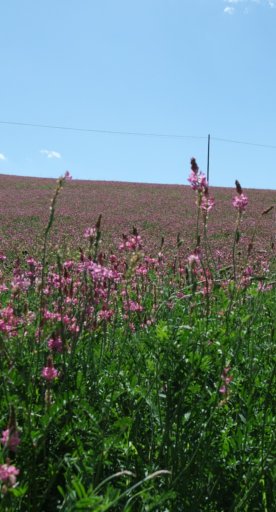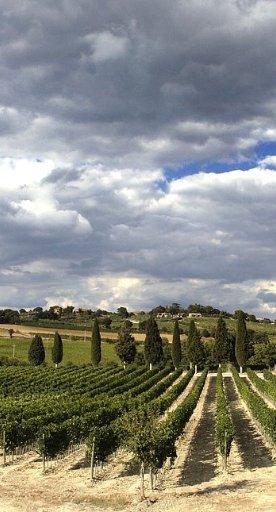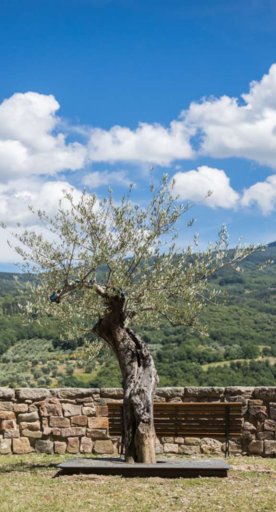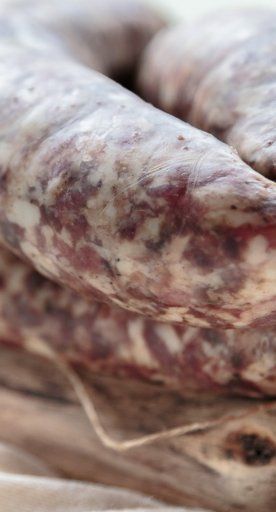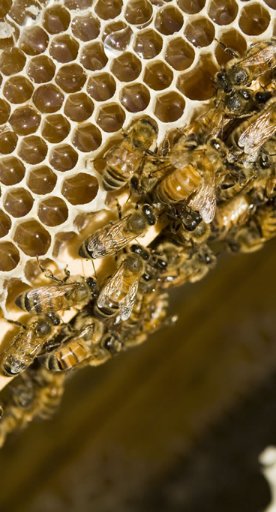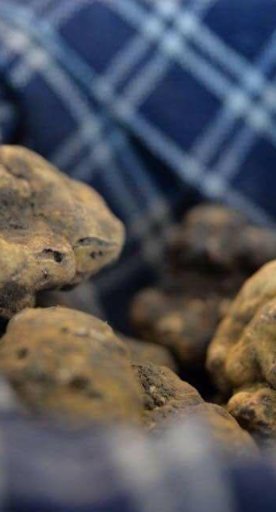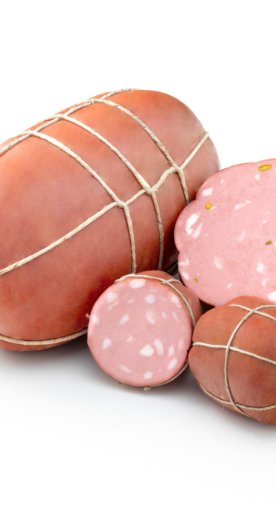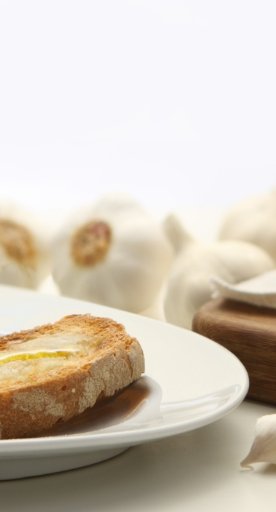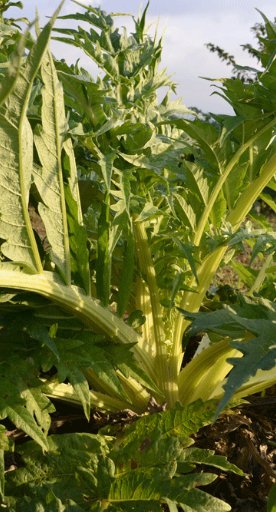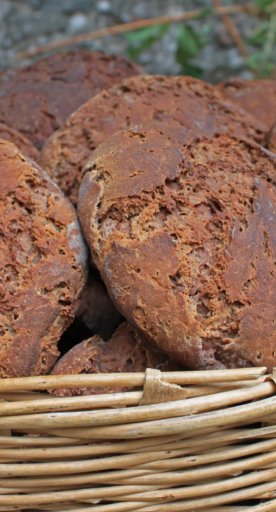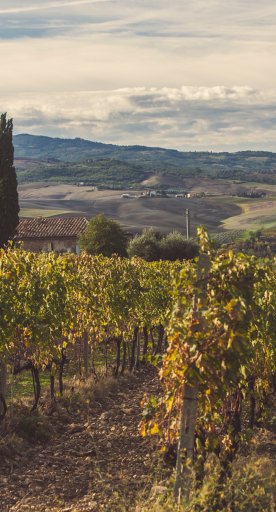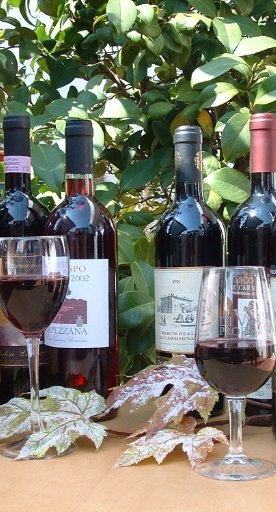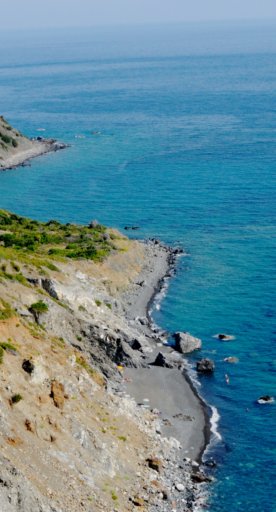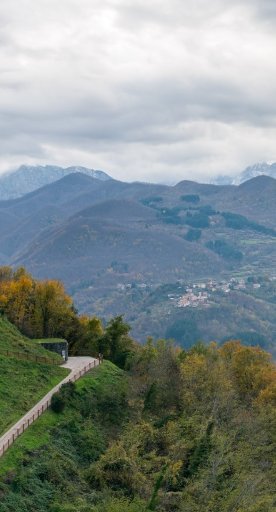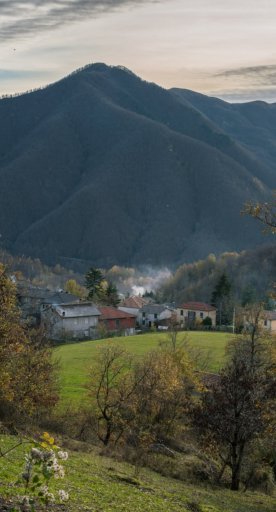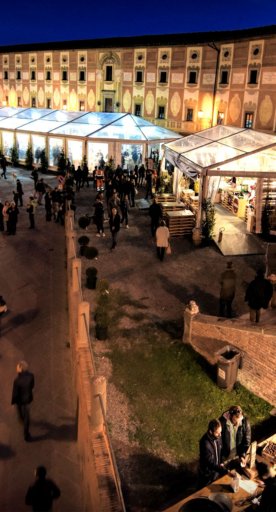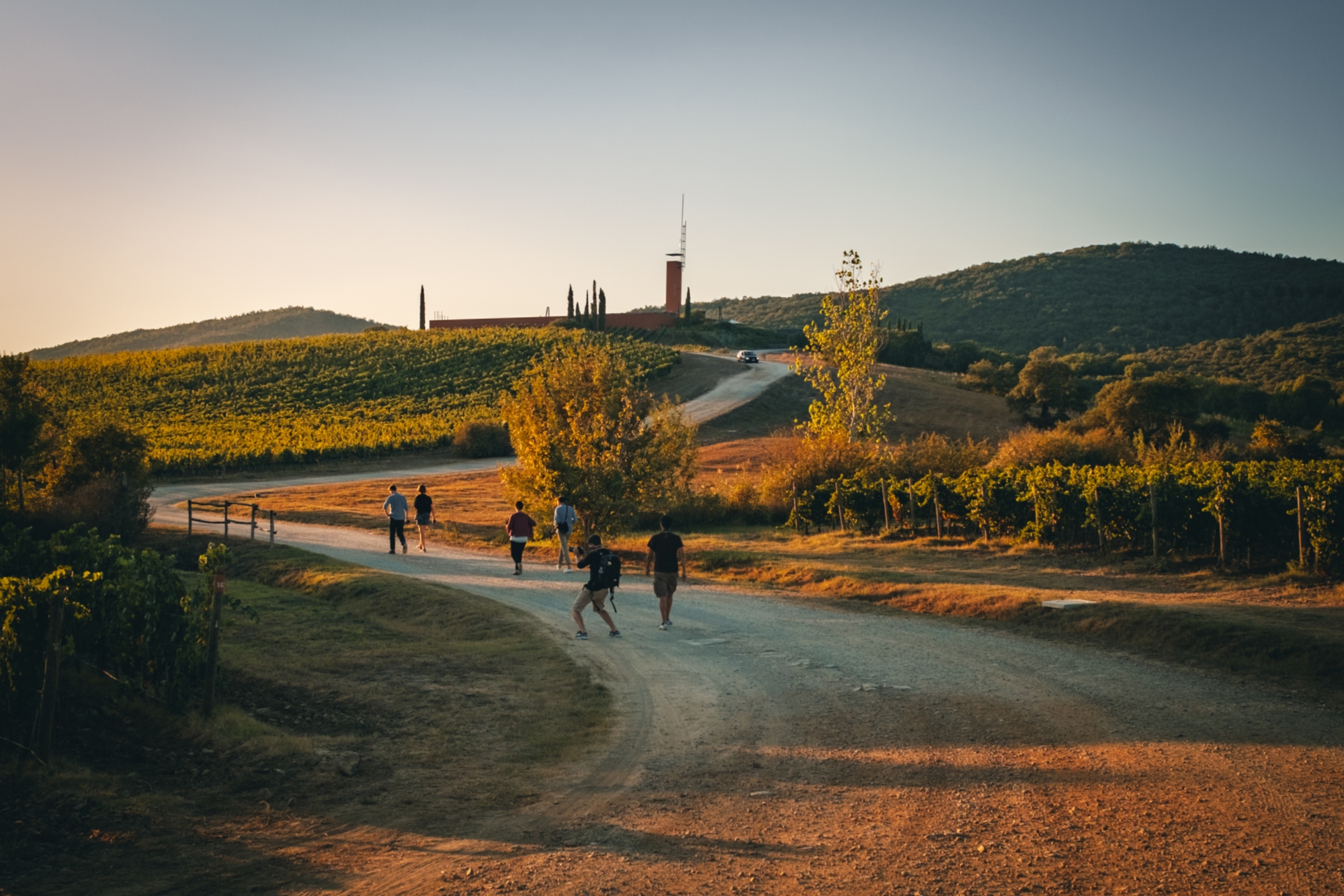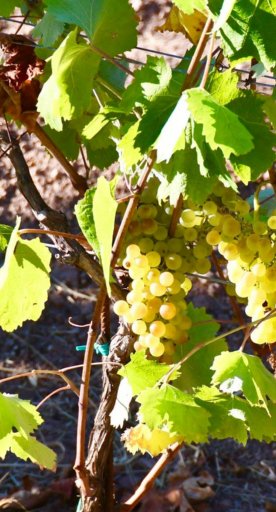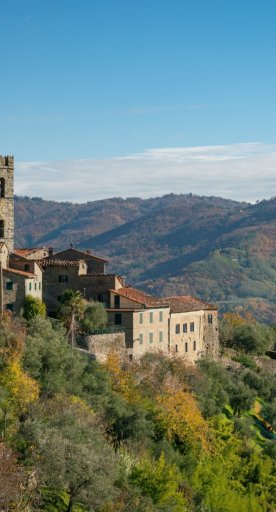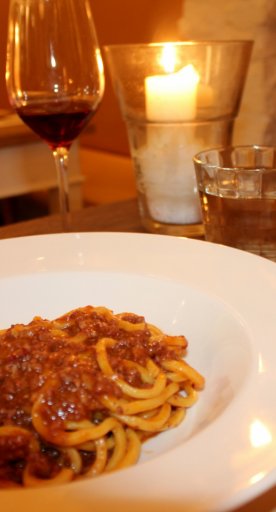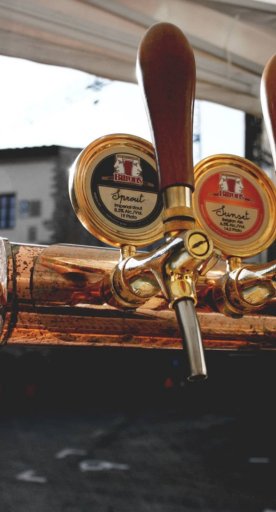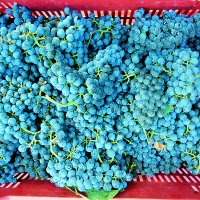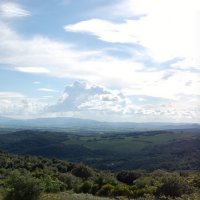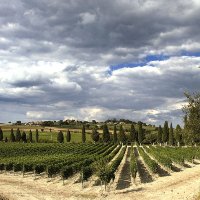

PDO and PGI products of Tuscany
Tuscany boasts 32 PDO and PGI quality agri-food products
There are some high-quality agri-food products in Tuscany that distinguish themselves from their competitors by having earned an EU designation of quality label: PDO Protected Designation of Origin (DOP in Italian) and PGI Protected Geographical Indication (IGP in Italian). Both certificates guarantee the customer that they are purchasing food with certain origins and certain characteristics. They also represent a guarantee for the producers themselves, safeguarding them against potential imitators.
According to the European guidelines, with the term PDO refers to foods, whose production, preparation and processing all occur in a given geographical area and whose quality or characteristics are due essentially or exclusively to the geographical environment and its inherent natural and human factors. The label PGI identifies those agricultural or food products whose production and/or preparation and/or processing occur in a given geographical area and whose quality, reputation or other characteristics can be attributed to its geographic origin.
There are 32 food products in Tuscany marked with the European labels PGI and PDO.
Find out here the full list:
-
1.Chestnuts and chestnuts flours
-
2.Spices
-
3.Desserts
-
4.Cheeses
-
5.Cold cuts
-
6.Extra Virgin Olive Oil
-
7.Cereals
-
8.Beans
-
9.Mushrooms
-
10.Honey
-
11.Breads
-
12.Meats
-
13.Fruit
Chestnuts and chestnuts flours
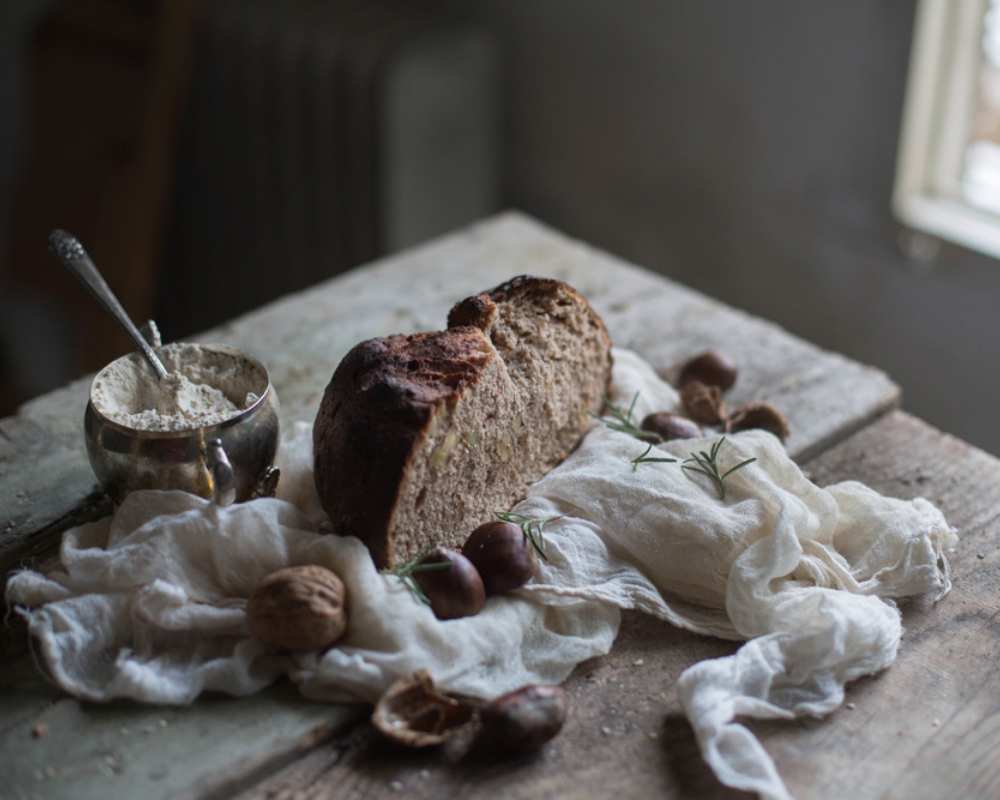
PGI Chestnut of Mount Amiata: a sweet, dry, delicate chestnut from the volcanic soils of the Amiata. Either boiled or roasted, they go perfectly with sweet muscat wines, and can also be dried and ground for flour to make castagnaccio and chestnut polenta.
PDO Garfagnana Neccio Flour: in Garfagnana, the planting of chestnuts trees for their nuts dates back to around 1000 AD. The chestnut tree, indeed, is known locally as the ‘bread tree’, as the chestnuts yield flour, which goes into all sorts of sweet and savoury morsels.
PDO Lunigiana Chestnut Flour: the chestnut flour from Lunigiana has a very fine texture and an ivory colour. Traditional products made in Lunigiana from chestnut flour are bread (marocca), frittelle and the typical "lasagne bastarde".
PGI Mugello Chestnut: this denomination is reserved for sweet chestnuts from the Mugello, either dried or ground into flour. The IGP Mugello sweet chestnut is markedly sweet, easy to peel, not excessively floury and perfect for a delicious marron glacé. It contains slight hints of vanilla and a redolence of hazelnuts or fresh bread.
PDO Caprese Michelangelo Chestnut: fresh or dried, you can recognize this traditional ‘marrone’ (sweet chestnut) by its elliptical shape, unique scent and sweet taste. Precisely because of its characteristics, it is excellent when glazed or boiled with fennel.
Spices
PDO San Gimignano Saffron: this saffron is extremely pure, being grown with organic methods and picked by hand, flower by flower. Fun fact: it takes 150000 flowers to get 1kg of saffron.
Desserts
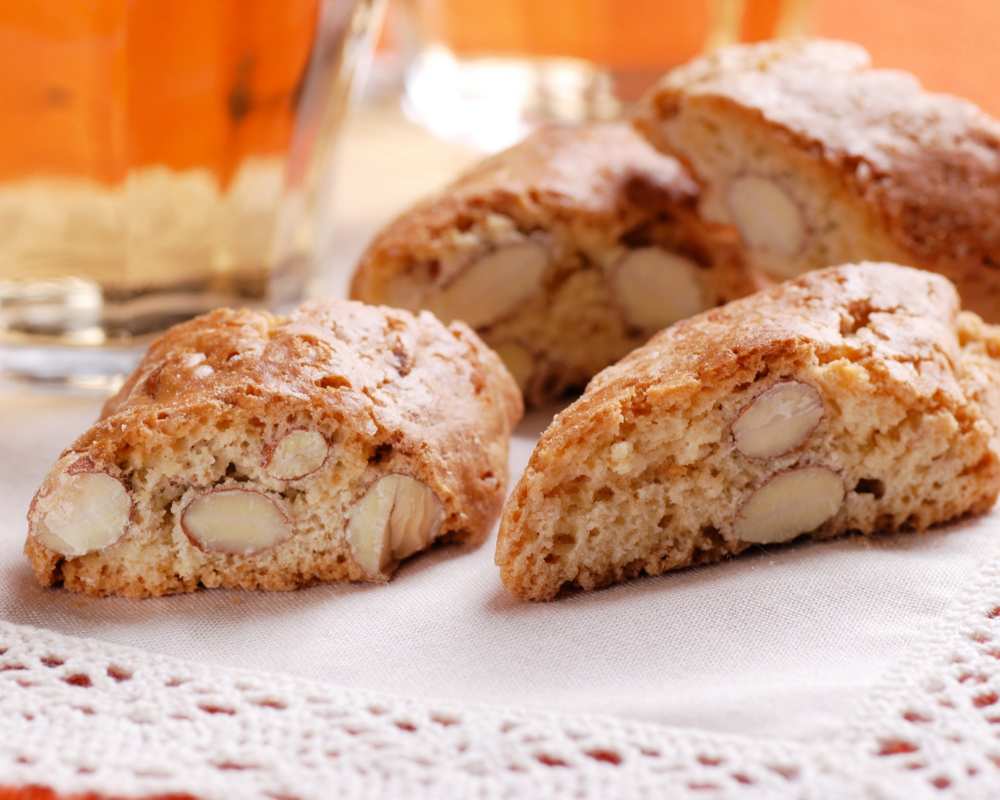
PGI Siena Ricciarelli: ricciarelli are soft, extremely sweet pastries based on almonds and shaped like rounded lozenges. They almost resemble little boats, with a covering of icing sugar.
PGI Siena Panforte: panforte is a traditional Christmas fruitcake, fairly flat and compact. It is typically made with honey, walnuts, almonds, spices and candied fruit, and is either covered with aromatic spices or icing sugar, as is the case with the version dedicated to Queen "Margherita".
PGI Tuscan Cantucci: cantucci, or cantuccini, are oblong-shaped biscuits, very popular in Tuscany. They are made with with flour, eggs, butter, sugar, honey and natural sweet almonds, and are traditionally served as dessert with a glass of Vinsanto.
Cheeses
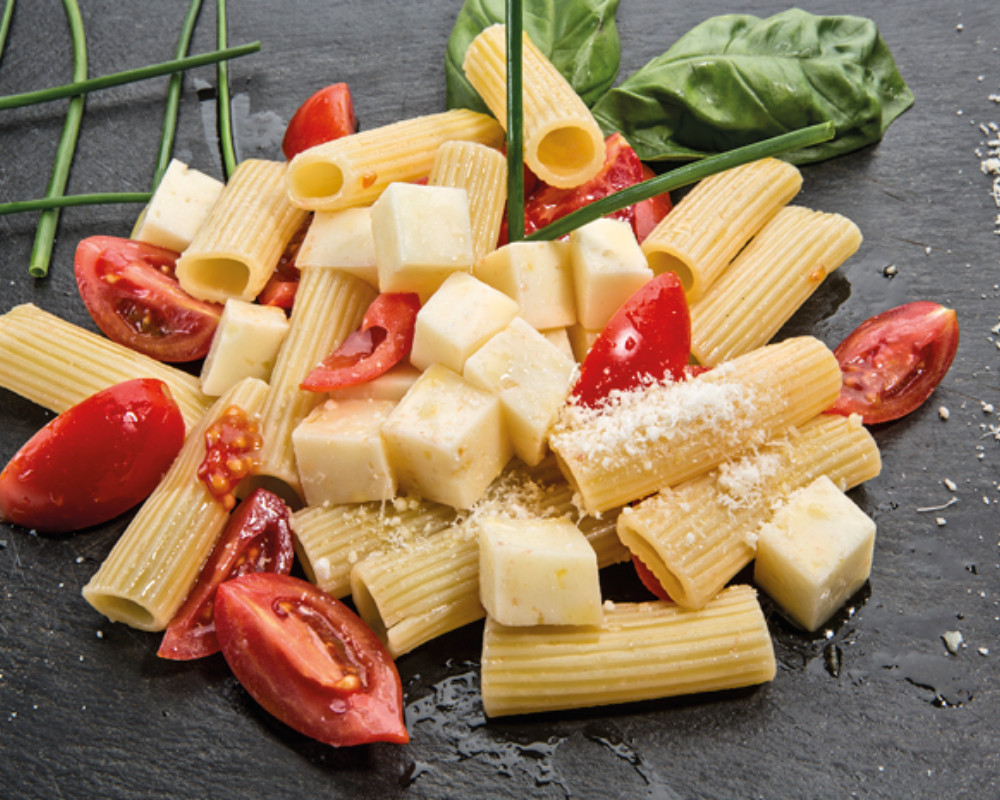
PDO Pecorino Romano: this is a hard cheese, made out of sheep milk exclusively from farms in the areas of production (Lazio, Sardinia and the area of Grosseto in Tuscany).
PDO Pecorino Toscano: this is the typical cheese of the Tuscan cheesemaking tradition. Its unique, delicate flavour tells an ancient story, one that started in the age of the Etruscans and is still being told today. As well as Tuscany, it is also produced in a handful of bordering municipalities, 11 in Umbria and 2 in Lazio.
Pecorino delle Balze Volterrane: Pecorino delle Balze Volterrane is a very special cheese made with raw sheep's milk and vegetable rennet from cardoon flowers. It can be fresh, half-matured or matured, and is produced solely in the territory that includes Volterra, Pomarance, Montecatini Val di Cecina, Castelnuovo Val di Cecina, Monteverdi.
Cold cuts
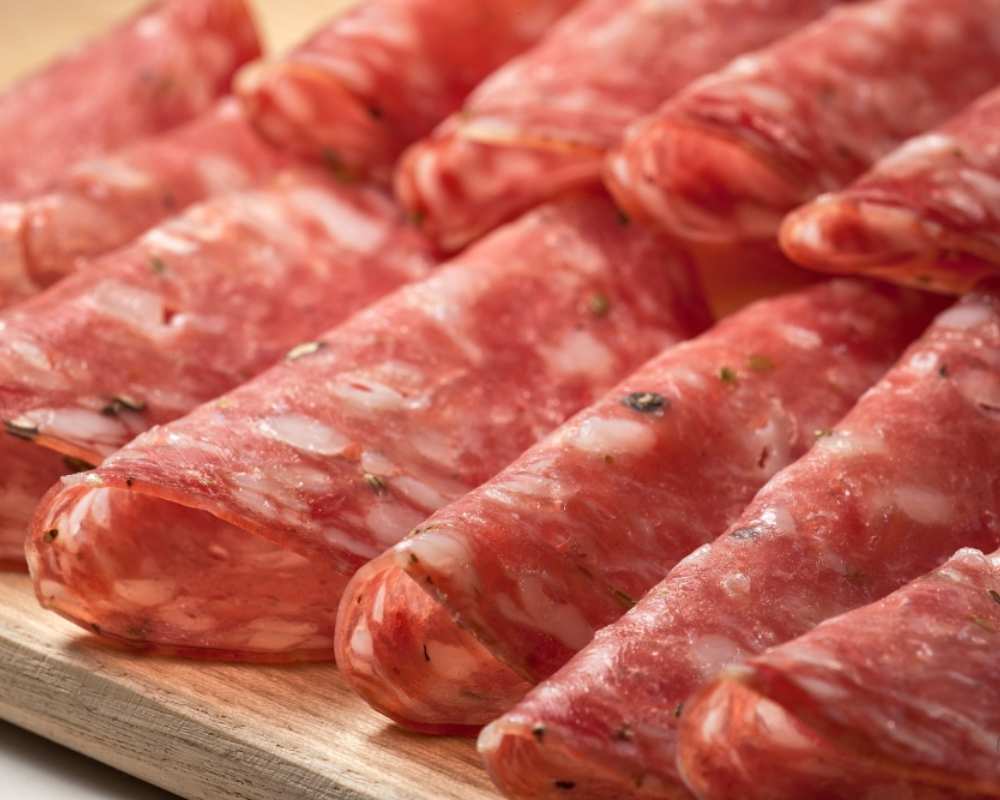
PGI Finocchiona: this soft, scented salami is made with top quality meat cuts and seasoned with wild fennel seeds or fennel flowers and pepper. Its origins date back to the Middle Ages, when wild fennel seeds were used as a cheap alternative to pepper, which was more expensive. It is said that Machiavelli was particularly fond of Finocchiona.
PGI Mortadella Bologna IGP: this is the classic Italian mortadella pork sausage, pink in colour, strong in smell, with a touch of spiciness. It is produced in Emilia Romagna, Piemonte, Veneto, Tuscany, Trento, Marche, Lazio and Lombardy.
PGI Mortadella of Prato: this mortadella is produced in the area around Prato. It is noted for its spiciness and the addition of an ancient alcohol: alchermes, which are normally used only in sweets, such as the so-called "Prato peaches". Prato Mortadella goes very well with aperitifs or in traditonal recipes like sedano alla pratese (Prato celery).
PDO Tuscan Ham: Tuscan ham is made only with fresh meat of the highest quality from six regions of central and northern Italy, including Tuscany. After a long seasoning, Tuscan prosciutto emerges with a delicate flavour, an optimum sapidity and rich aromas.
PGI Colonnata Lard: this highly prized and fragrant product is made from pork lard, which is cured in marble basins in Carrara, before the layers of lard are alternated with salt, pepper, sage and rosemary. What originated as a meal for marble quarrymen has become a delicacy known throughout the globe.
PDO Small Italian salamis alla cacciatora (hunter-style): different types of small salamis are produced all over Tuscany and throughout central and northern Italy. They are known as cacciatori or cacciatorini and are usually dry, compact and ruby red in color.
Extra Virgin Olive Oil
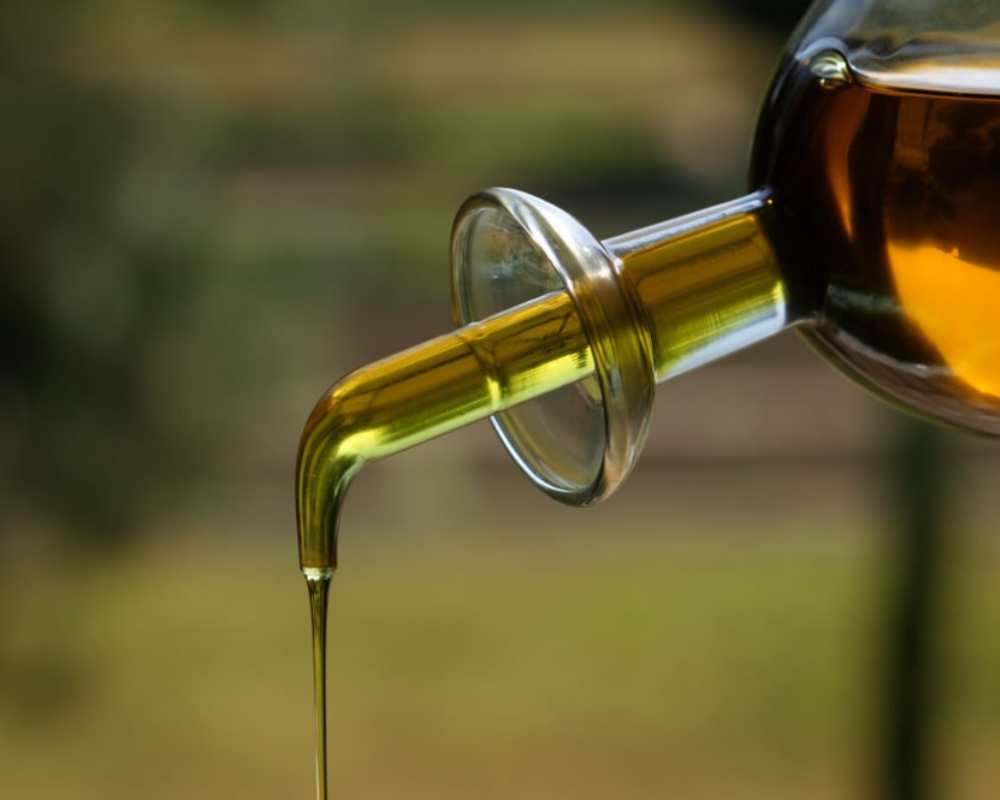
PGI Toscano extra virgin olive oil: Tuscan extra virgin olive oil is produced wholly and solely within the region of Tuscany Region, from the cultivation of the olives to the extraction of the oil and the packaging. But in order to win the IGP certificate, it has to have the particular physical, chemical and sensory qualities that lie behind its unmistakable flavor and quality.
PDO Chianti Classico extra virgin olive oil: the production area of this oil is the same as that delimited for Chianti Classico wine. Its color can vary from a deep green to a greenish-gold, while fruity aromas belie have a slightly bitter, decisively pungent flavor.
PDO Terre di Siena extra virgin olive oil: different kinds of olives can be found in this oil: Frantoio, Correggiolo, Moraiolo and Leccino, which grow in the hills of Siena, save the Chianti Classico wine production area. Color ranges from green to yellow, while the taste is lightly bitter and pungent.
PDO Lucca extra virgin olive oil: this olive oil is produced in a well-defined geographical, covering the municipalities of the Lucchesia, Versilia and the Garfagnana. It has a fruity, essentially sweet taste, but with a few bitter, piquant notes.
PDO Seggiano extra virgin olive oil: this oil is obtained exclusively from the olive groves on the slopes of Mount Amiata which have at least 85% of the Olivastra Seggianese cultivar. Its color varies from green to gold, with notes of herbs and white fruits. A clean flavor confirms the aromas, while keeping a touch of bitterness and pungency in play.
Cereals
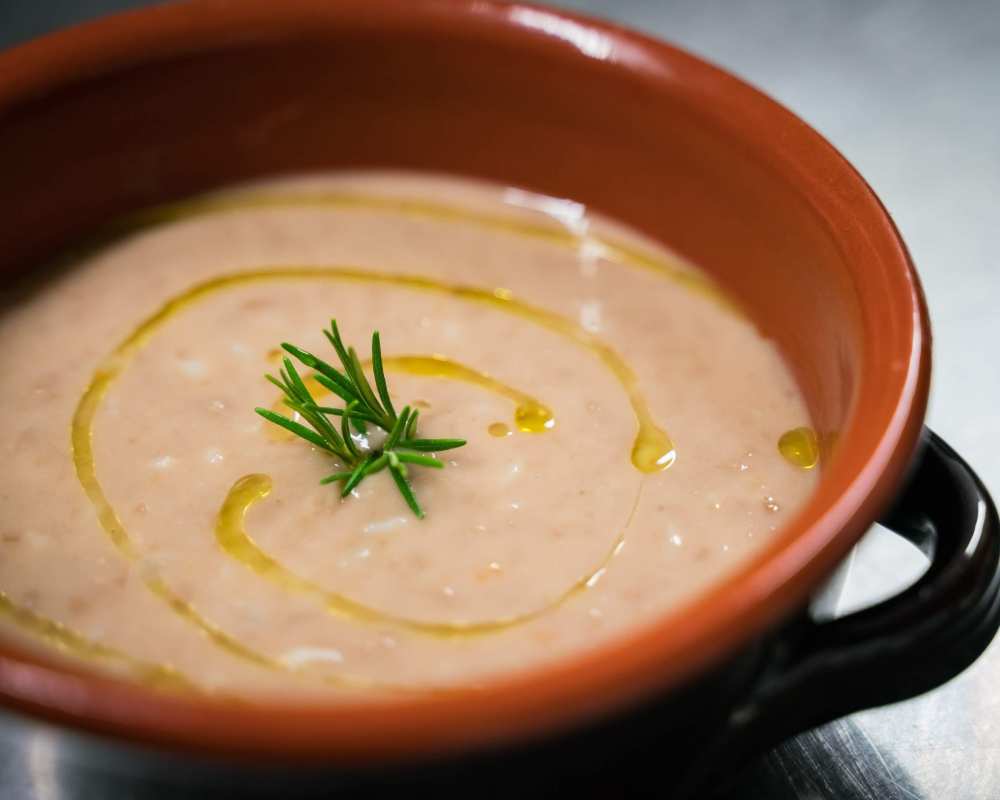
PGI Garfagnana Spelt: the perfect, healthy option for all your summer salads and winter soups! Spelt is a truly ancient grain: it was the favorite food of the Romans, who used it to feed their legions.
Beans
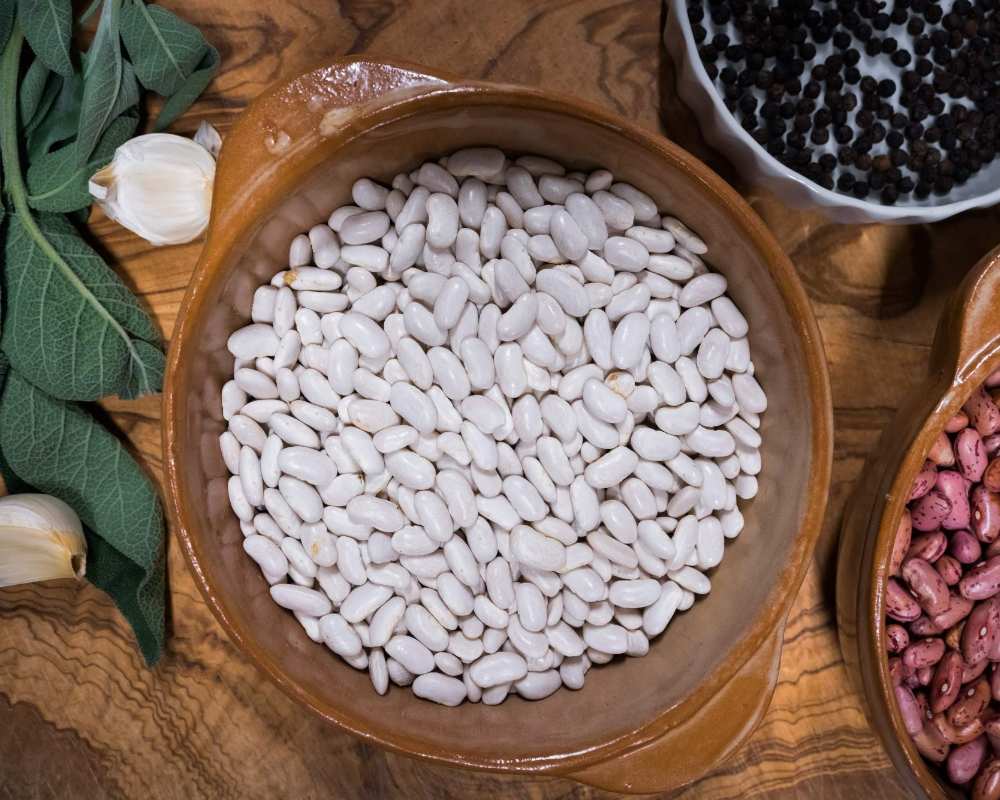
PGI Sorana Bean: can be small and thin-skinned, in which case it is called "Piattellino", or larger and red, the "Antico Rosso". The PGI Sorana bean is tasty and easy to digest, it is grown, using organic methods in the hills of Pescia (in the area of Pistoia), where local farmers have passed down seeds and cultivation techniques from generation to generation.
Mushrooms
PGI Borgotaro Mushrooms: Borgotaro mushrooms are grown in the area of Parma and, in Tuscany, in Pontremoli and Zeri.
Honey
PDO Lunigiana Honey: the honey of Lunigiana was the first in Italy to obtain PDO status from the European Union; it is also certified organic. The PDO classification for Lunigiana honey is reserved for two types: acacia honey and chestnut honey.
Breads
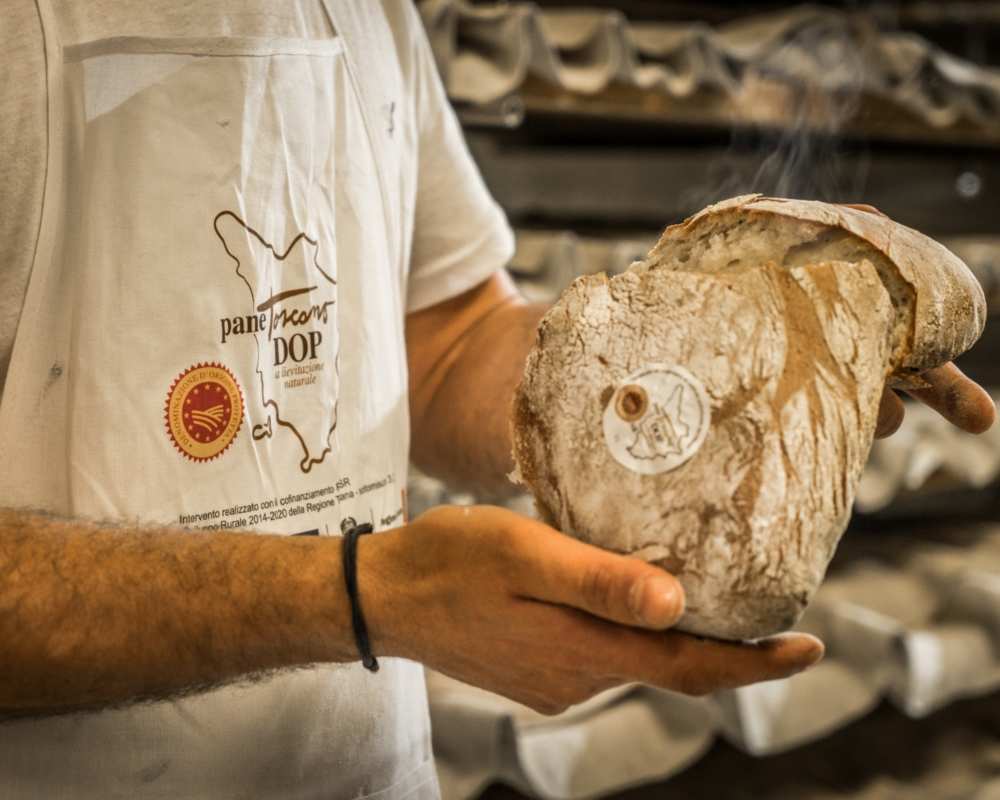
PDO Tuscan Bread: the PDO Tuscan Bread is obtained from the baking of Tuscan soft wheat flour, of type "0" - which retains during maceration the wheat germ, which has now disappeared from common flours - natural yeast and water, with no additives added. What makes the bread truly unique, though, is the complete absence of salt.
Meats
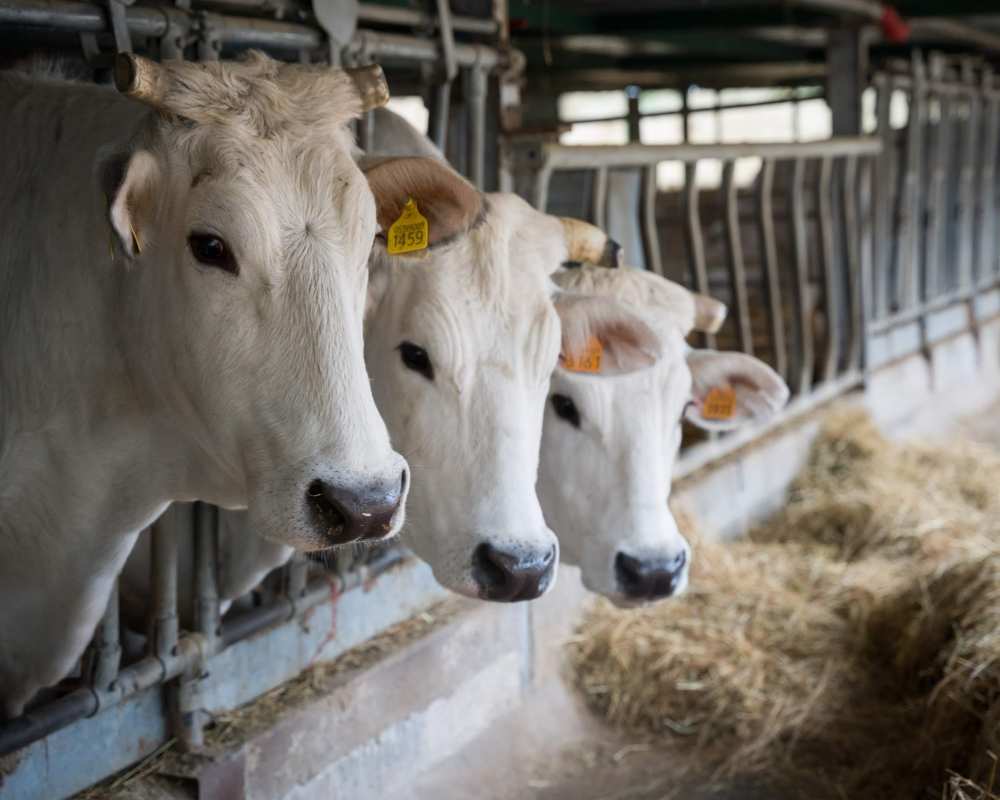
PDO Cinta Senese: the fresh meat of the PDO Cinta Senese comes from a breed of pig that is raised in Tuscany and feeds mostly on pasture; the breed is also characterized by a dark coat with a belt (cinta) of light hair that rings the middle of the body. The meat is exceptionally tasty, and also forms a staple of traditional Tuscan charcuterie.
PGI White Steer Central Apennine: the name Vitellone Bianco is used to refer to three breeds of cattle: Chianina, Marchigiana and Romagnola. These cattle are traditionally raised on small farms, often in the Apennine foothills of central Italy; they roam wild or semi-wild, which increases the quality of their meat.
PGI Central Italian Lamb: this is the fresh meat of lambs less than twelve months old, from any of the ovine species common to central Italy. The production area includes Abruzzo, Lazio, Marche, Toscana and Umbria. After weaning, the lambs graze on pasture, and some farmers move them according to the seasons, having them winter on coastal plains and summer on Apennine meadows.
Fruit
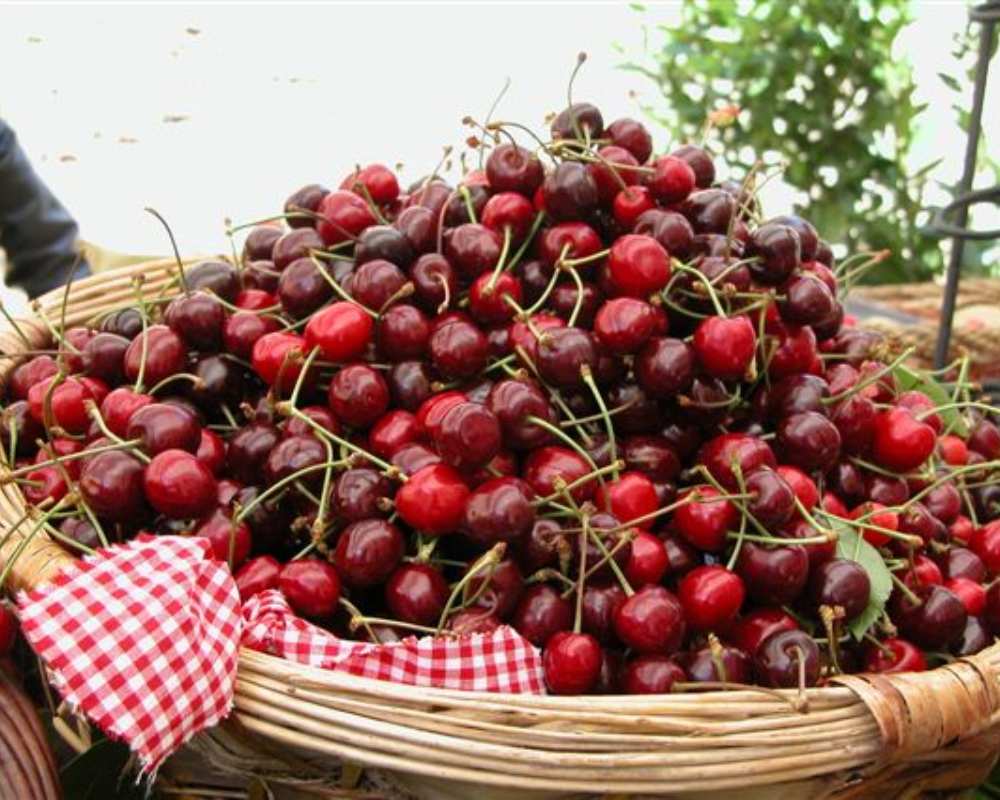
PGI Cherry of Lari is a typical fruit that originates in the Pisan countryside: thanks to its sweet taste and unique organoleptic characteristics, it is loved and known throughout Tuscany.
The PGI Cherry of Lari boasts a very ancient history: some documents testify to the presence of this fruit as early as the 16th century.
The fruit has insubstantial to firm and crunchy flesh, with shiny bright red or dark red skin.
There are several local varieties that enrich the supply and further characterize it.
